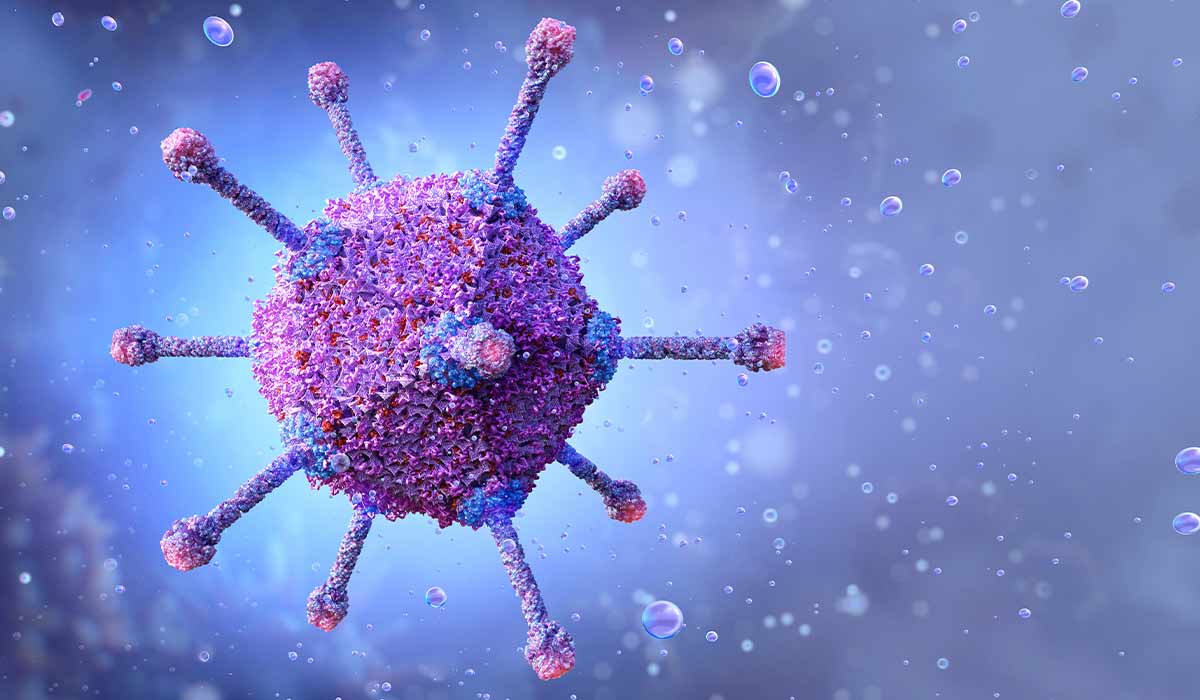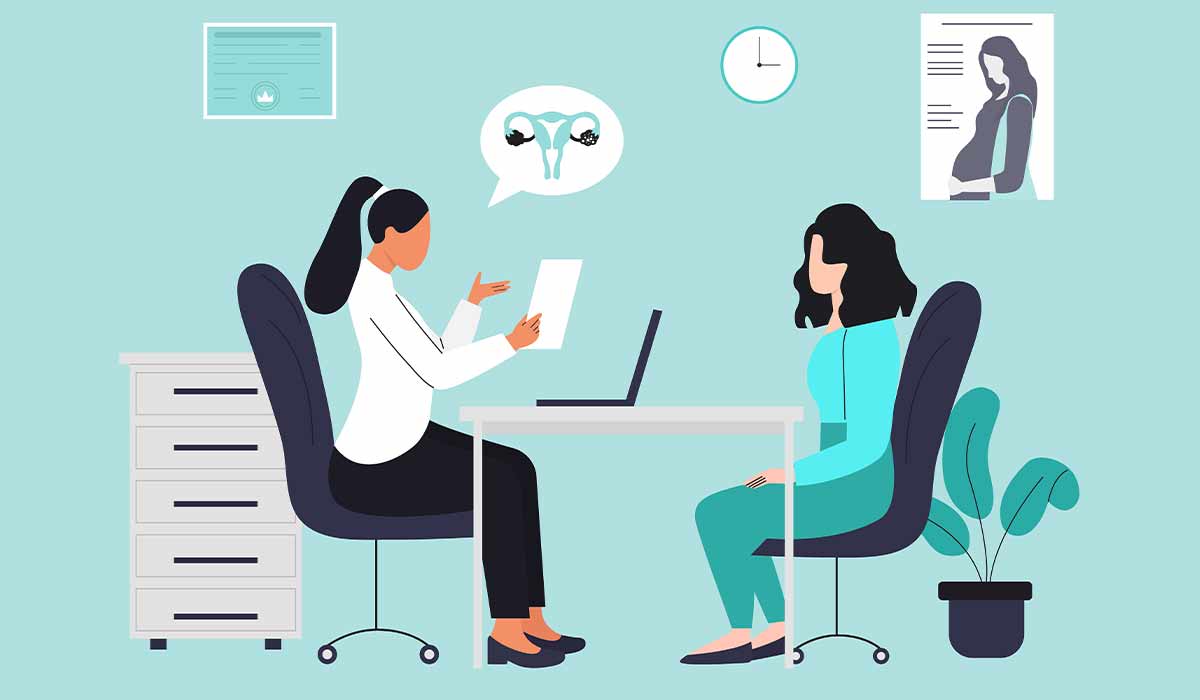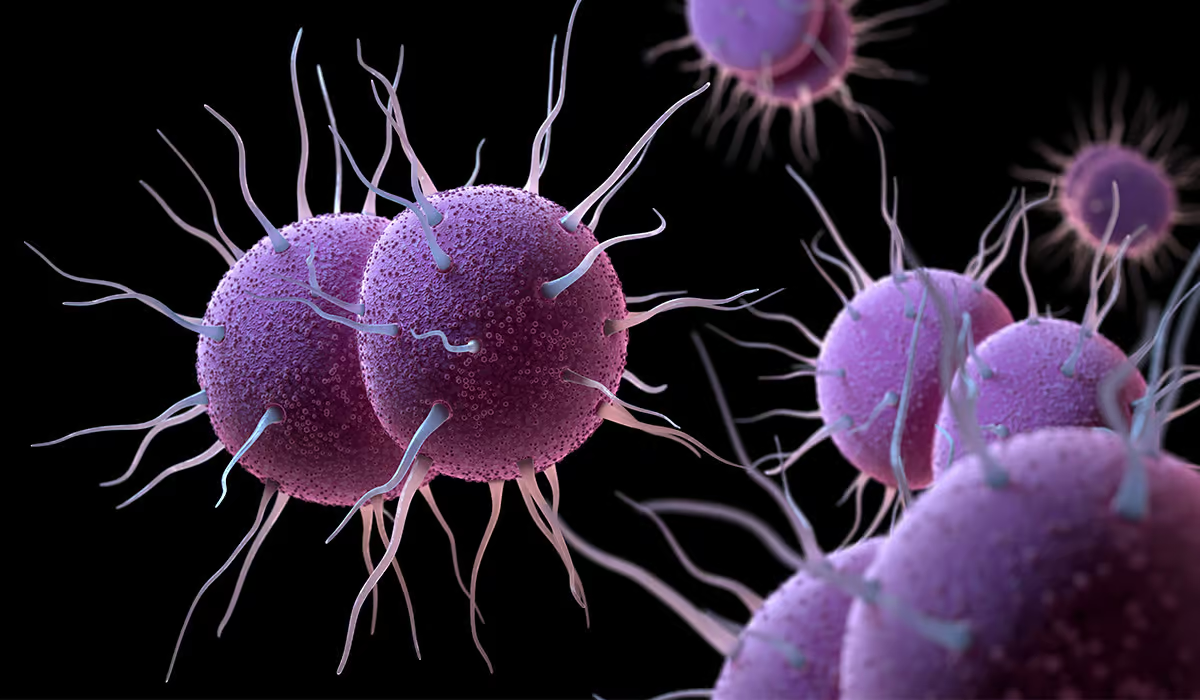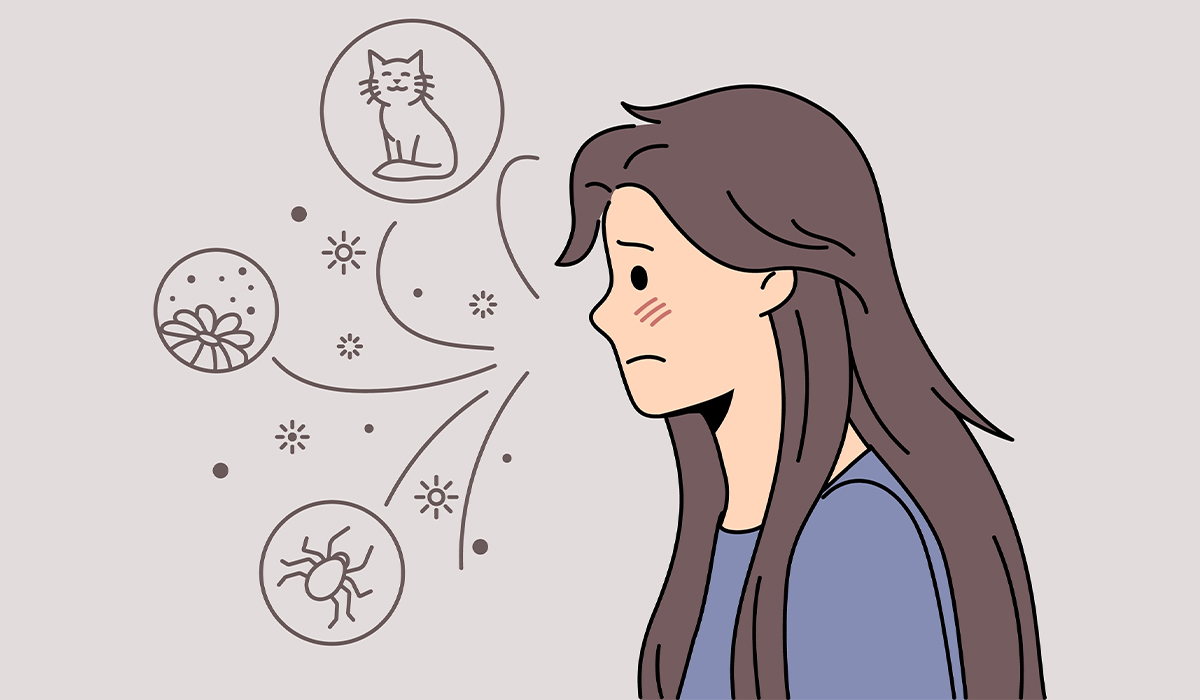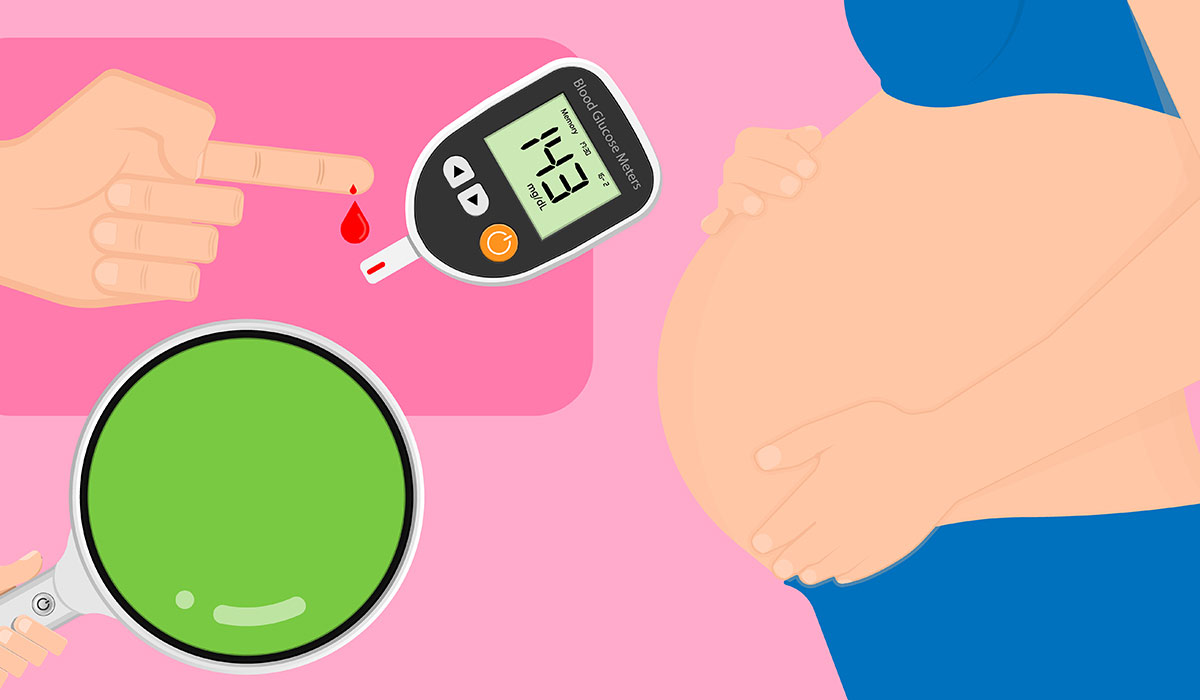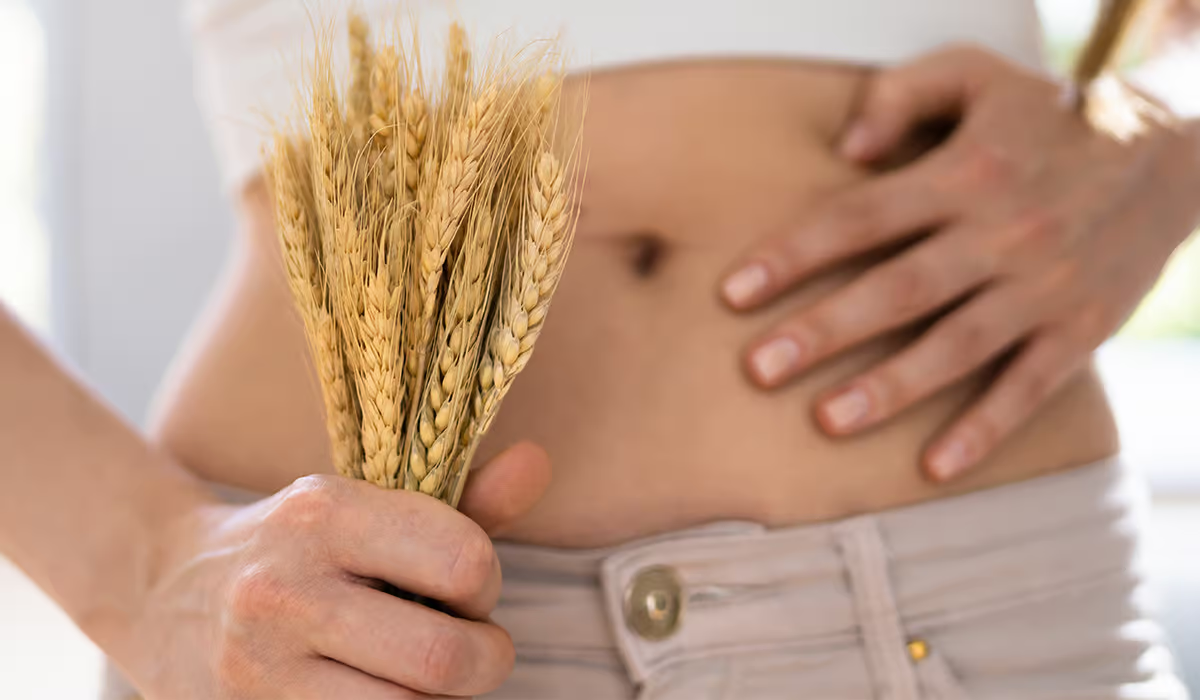No matter the age, all of us can have this unpleasant experience, whether from an accident like a fall or lifting something heavy, inflammatory diseases, or old age.
Back pain is commonly associated with a pulled muscle when you overstretch or tear your muscle by overusing or misusing it. Gradually developing back pain accompanied by stiffness may be a symptom of ankylosing spondylitis, a type of arthritis affecting your spinal joints and ligaments.
Suppose your back hurts, and you feel numbness or tingling in other parts of your body. That may be a sign of a slipped disc, which means that soft tissue cushioning vertebrae in a healthy spine is being pushed out from between the bones. In itself, it doesn’t cause any pain, tingling, or numbness. Still, that tissue starts to press on nerves coming out of your spine and, by doing so, induces all of the symptoms.

Types
Neck Pain
Neck pain is usually caused by poor posture, most commonly in people who spend most of their day behind a desk or due to an unhealthy sleeping position. Fortunately, it’s rarely severe at the start, and it’s usually reversible. Still, if left unchecked, it can lead to significant health problems such as headaches, depression, arm pain, muscle numbness, decreased muscle strength, or even partial loss of ability to use your hand.
It’s of utmost importance to practice proper posture, exercise upper back muscles, and adjust your sleeping position to prevent it.
Upper and Middle Back Pain
Twelve vertebrae form the thoracic spine from the base of your neck to the bottom of your ribcage. All of those vertebrae have ribs connected to them, and the primary function of this part of your spine is to protect organs inside your ribcage.
There is not much force pushing on these vertebrae because your neck supports the weight of your head, so pain in this part of your back is way less common compared to neck and lower back pain. Nonetheless, soreness in this area affects some of us. It’s usually a result of an injury while lifting something too heavy or by doing so in an improper way.
Lower Back Pain
It is described as pain between the edge of the ribs and buttocks. Almost your whole body weight is supported by this part of the spine and the muscles attached to it, so, unsurprisingly, most spinal problems refer to this area.
Limiting a person’s ability to move lower back pain causes them to withdraw from work activities and family life slowly, so it doesn’t only lead to physical disability. Still, it can also be a source of mental issues.
It is mainly caused by damage to bones building this part of the spine and muscles attached to them, such as fractures, overstretching, tearing, or, in sporadic cases, bone cancer. However, pain localized in the lower part of your back may be a symptom of some medical conditions unrelated to the spine, such as kidney stones or appendicitis.
Symptoms
Symptoms accompanying back pain include:
- Stiffness – usually caused by arthritis or strained muscle. When caused by arthritis, this symptom develops gradually over long periods. A strained muscle is generally caused by some accident, and stiffness develops overnight.
- Posture disorders – bad posture may cause back pain. Still, the inability to straighten your back is an important symptom of many medical conditions, such as scoliosis, accompanied by soreness around the spine.
- Headache – keeping your neck in one position for long periods, having your computer monitor either too high or too low, and constantly looking at your phone with your head dropped down are all common causes of neck pain. Still, all of them also can result in terrible headaches by pinching nerves coming out of your spinal cord.
- Tingling and numbness – back pains are often associated with putting pressure on nerves. Doing so over long periods damages these nerves, resulting in sensory disturbances. These should never be ignored as they may lead to muscle weakness, making performing everyday activities more challenging.
- Muscle spasms – when back pain results from an injury, your body’s reflexes kick in to protect the injured area. Their job is to limit movement and stabilize the injured area. Unfortunately, they can make standing up and walking difficult.
Causes
Back pain may be caused by:
- Fractures – falls, injuries during exercise, and car accidents are the most common causes of spinal fractures. Some medical conditions like osteoporosis, osteopenia, and cancer cause your bones to grow weaker and increase the likeliness of them cracking to the point of even coughing or sneezing, causing them to snap.
- Sprains and strains – usually resulting from lifting something too heavy or exercising incorrectly. This often does not require special treatment besides ice packs and rest.
- Degenerative disc disease is when intervertebral discs wear down due to various factors like aging, sports, or even daily activities. They are built like jelly-filled doughnuts: the outline is firm and durable, but the middle is soft, almost jelly-like. Thanks to that structure, they can compress and act like cushions to bones in your spine. As you age, the middle part begins to dry up, and then, daily activities and sports can cause tears in the outer layer. These processes cause intervertebral discs to collapse and lose their ability to protect your spine. In response to additional forces affecting them, vertebrae generate bony growths, which cause you pain.
- Herniated disc – when degenerated, these soft cushions, which usually protect your spine, can get pushed out a little of the intervertebral space and begin to pinch nerves connecting to muscles of your arms and legs. Unlike mechanical pain, herniated disc pain feels like burning or stinging, often accompanied by tingling or numbness in muscles associated with a pinched nerve.
- Spinal arthritis – arthritis is an inflammation that can affect any joint in your body but is more likely to affect weight-bearing joints. Due to this inflammation, intervertebral discs degrade, and bone spurs form in your intervertebral space, causing pain and restricting movement in these joints.

How Common Is It?
Back pain is extremely common. Most people will experience lower back pain at some point in their life. Research suggests that the yearly chance of experiencing it for the first time in your life ranges between 6% and 15%. If you have experienced back pain the previous year, your chances increase to 25 to 80%.
Studies suggest that people usually experience back pain for the first time in their thirties, but of course, you can experience it earlier. Recurrence increases with age until the sixties and then actually goes down.
Chances of experiencing neck pain for the first time in your life range from 10.4% to 21.3% and are significantly higher if your job requires you to sit behind a desk all day. Most studies suggest that women are at higher risk of developing neck pain and that this risk goes up with age and peaks at the age of around 45 years, after which it decreases.
Risk Factors
Some people have higher chances of getting back pain than others. Risk factors include:
- Female gender
- Old age
- Being overweight – studies suggest that abdominal obesity increases the chances of developing back pain by 40%.
- Smoking – it increases the formation of plaques consisting of fats, cholesterol, and other substances in the wall of your blood vessels. They supply every part of your body with oxygen and nutrients. If those plaques form in arteries supplying your intervertebral discs, they will slowly start to die, and as a result, bones in your spine will rub against each other, causing you pain.
- Hard physical work, especially if it includes lifting heavy objects, as it puts more strain on your back.
- Using vibrating tools
- Poor posture – putting too much weight on one side of your spine for long periods creates disproportion between your back muscles. While you are not using part of them, the other part experiences heightened tension that may cause painful strains or tearing.
Diagnosis
When presenting to your doctor with back pain, they will first check your posture. A healthy spine has three curves. In your neck, there is an inward curve called lordosis of 20-40 degrees, and the thoracic part of the spine curves outward at about a 20-40 degree angle, called curve kyphosis. The third curve of the spine is just above your buttocks, and it’s an inward 30-50-degree curve called lordosis.
Your doctor may use a tool called a goniometer to measure those angles. They will probably commission some imaging tests like X-rays, CT, or MRI to look for abnormal spine curvatures, bone spurs, damaged intervertebral discs, or tumors in your spine.
Electromyography (EMG) is a test that measures electrical activity in your muscles in response to stimulation. It may be used when your doctor suspects that the pain you are experiencing results from a pinched or abnormally functioning nerve. To thoroughly diagnose what causes your back to hurt requires a blood test to check levels of inflammatory markers like C-reactive protein (a protein released to your bloodstream in response to inflammation happening in your organism) or rheumatoid factors (RF), which skyrockets when you have rheumatoid arthritis.
Prevention
You can take some steps to lower your chances of getting back pain. These include:
Exercise
Contrary to what most people may think, rest isn’t your best option when your back hurts. Of course, a day or two may be needed when pain is unbearable, but long-term inactivity contributes to muscle stiffness, leading to even more pain.
It does not matter if you ever experienced back pain. Asking your physician, physiotherapist, or personal trainer about back-stretching exercises is a good idea, as studies suggest that proper workout and health education reduce the risk of an episode of lower back pain by 45%.
Quit Smoking
As research proves, tobacco consumption highly increases your chances of experiencing back pain. Quitting smoking or even just reducing the volume and intensity of tobacco consumption significantly lowers those chances.
Keep Your Weight In Check
Obesity not only puts more strain on your back but also contributes to clots forming in your blood vessels, which leads to your intervertebral discs being malnourished, easy to crack, or collapse, worsening your spine’s ability to support your weight and leading to even more pain.
Be Mindful Of Your Posture
These are some good recommendations to keep in mind regarding posture:
- When sitting, remember to change your position often
- Don’t cross your legs, keep your ankles in front of your knees and your feet on the ground, or use a footrest
- Your shoulders shouldn’t be rounded or pulled too much backward
- Your lower back should be supported at all times. If your chair does not have a backrest, try using a pillow instead
- When standing, keep your shoulders back and pull your stomach in; your arms should naturally hang down on your sides
- Feet should be kept shoulder-width apart, and remember to put your weight on the balls of your feet (that part right behind your toes)
- When lifting things, remember to bend your knees and squat down. Lifting things is your legs’ job, not your back’s.
- When you have to move an object, do it by pushing it instead of pulling it, as it is way easier on your back
Workplace Organization
Organize your workplace in a way that doesn’t unnecessarily strain your back and neck. The top of your monitor should be about 2-3 inches above your eye level, and the keyboard should be kept low enough so that you don’t have to pull your arms in front of you to reach it.
Use Your Phone Less
When you are looking at your phone screen, you are bending your neck, creating an unnatural curve for your spine that puts a lot of strain on vertebrae inside your neck and can damage them, causing you pain.
Choose Flat Shoes
Stop wearing high heels as they dramatically increase the forward sway of your lower back, causing significant muscle tension in that region and leading to strains.
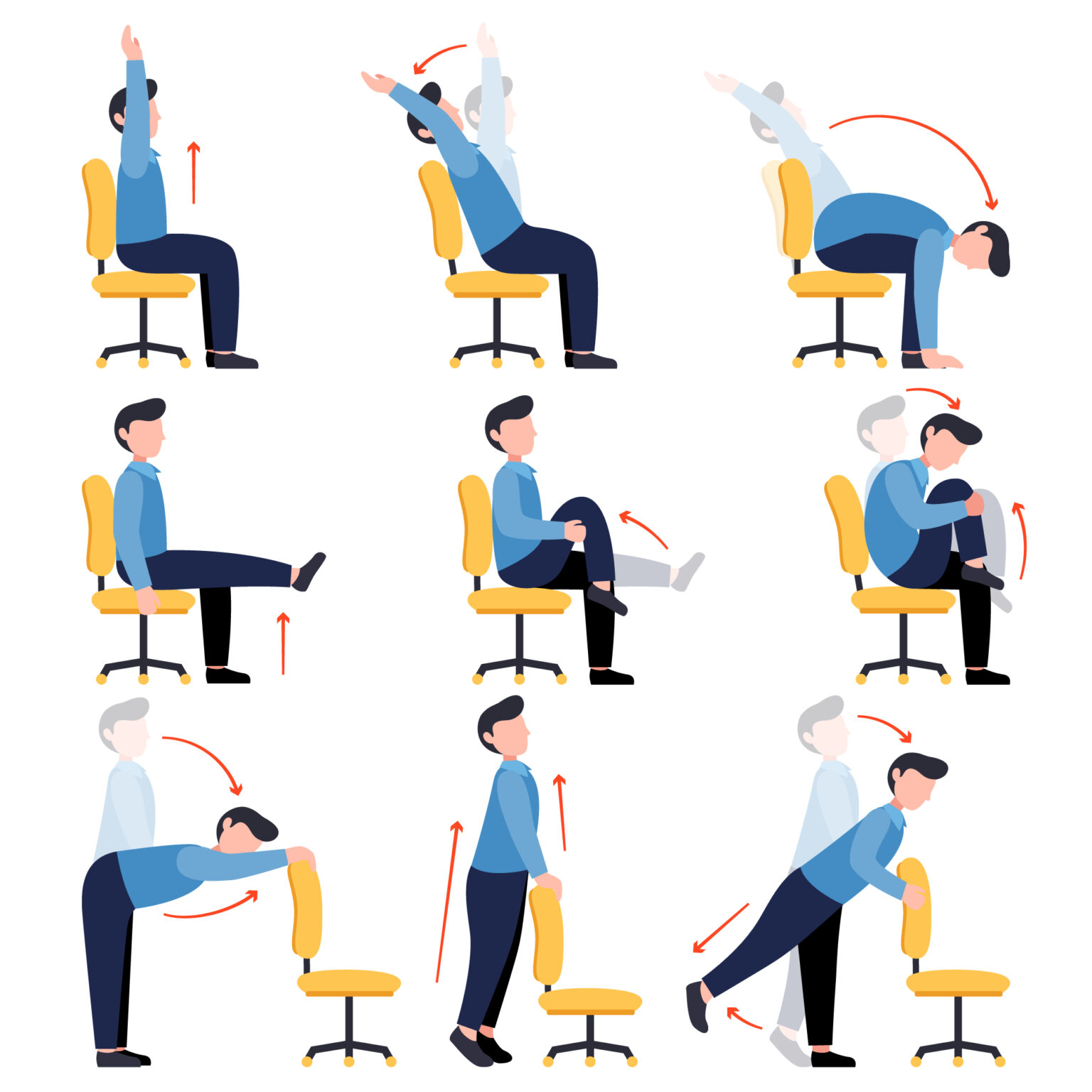
Complications
Complications of back pain may include:
- Muscle weakening – back pain may result from vertebrae or a herniated disc pressuring a nerve. If not managed properly, this condition leads to permanent nerve damage that disturbs signal transmission from your brain to your muscles, resulting in strength loss in the affected area.
- Weight gain – constant discomfort may prevent you from being as active as you used to be, inevitably causing you to put on weight.
- Insomnia
- Depression
- Cardiovascular disease as a result of inactivity
Treatment
Management of back pain depends on the type, severity, and cause of the pain, but the most commonly use methods are:
- Nonsteroidal anti-inflammatory drugs (NSAIDs) or opioids to alleviate or altogether remove pain. These drugs only reduce your perception of pain but don’t heal your back, and other methods should be used alongside these medications.
- Early return to your physical routine except for heavy labor.
- Back-stretching exercises
- Physical therapy
- Massages
- Yoga
- Scoliosis surgery
Discuss with your doctor what approach is best for you.
Sources
- Centers for Disease Control and Prevention (CDC) Back, Lower Limb, and Upper Limb Pain Among U.S. Adults (2019) https://www.cdc.gov/nchs/products/databriefs/db415.htm?fbclid=IwAR3sAQtMTbVvabj_1NljztHE1Y0Pqy2pD0NrQ9kU6mBJF1BBEnP_febGG-Q
- National Health Service (NHS) Back pain (2022) https://www.nhs.uk/conditions/back-pain/
- Centers for Disease Control and Prevention (CDC). Prevalence and most common causes of disability among adults–United States, 2005. MMWR Morb Mortal Wkly Rep. 2009 May 1;58(16):421-6. PMID: 19407734. https://pubmed.ncbi.nlm.nih.gov/19407734/
- Casiano VE, Sarwan G, Dydyk AM, Varacallo M. Back Pain. 2023 Dec 11. In: StatPearls [Internet]. Treasure Island (FL): StatPearls Publishing; 2024 Jan–. PMID: 30844200. https://pubmed.ncbi.nlm.nih.gov/30844200/
- Alexander CE, Varacallo M. Lumbosacral Radiculopathy. 2023 Aug 4. In: StatPearls [Internet]. Treasure Island (FL): StatPearls Publishing; 2024 Jan–. PMID: 28613587. https://pubmed.ncbi.nlm.nih.gov/28613587/
- Lindsey T, Dydyk AM. Spinal Osteoarthritis. 2023 Jul 9. In: StatPearls [Internet]. Treasure Island (FL): StatPearls Publishing; 2024 Jan–. PMID: 31985983. https://pubmed.ncbi.nlm.nih.gov/31985983/
- Hoy D, Brooks P, Blyth F, Buchbinder R. The Epidemiology of low back pain. Best Pract Res Clin Rheumatol. 2010 Dec;24(6):769-81. doi: 10.1016/j.berh.2010.10.002. PMID: 21665125. https://pubmed.ncbi.nlm.nih.gov/21665125/
- Shiri R, Falah-Hassani K, Heliövaara M, Solovieva S, Amiri S, Lallukka T, Burdorf A, Husgafvel-Pursiainen K, Viikari-Juntura E. Risk Factors for Low Back Pain: A Population-Based Longitudinal Study. Arthritis Care Res (Hoboken). 2019 Feb;71(2):290-299. doi: 10.1002/acr.23710. PMID: 30044543. https://pubmed.ncbi.nlm.nih.gov/30044543/
- Steffens D, Maher CG, Pereira LS, Stevens ML, Oliveira VC, Chapple M, Teixeira-Salmela LF, Hancock MJ. Prevention of Low Back Pain: A Systematic Review and Meta-analysis. JAMA Intern Med. 2016 Feb;176(2):199-208. doi: 10.1001/jamainternmed.2015.7431. PMID: 26752509. https://pubmed.ncbi.nlm.nih.gov/26752509/
